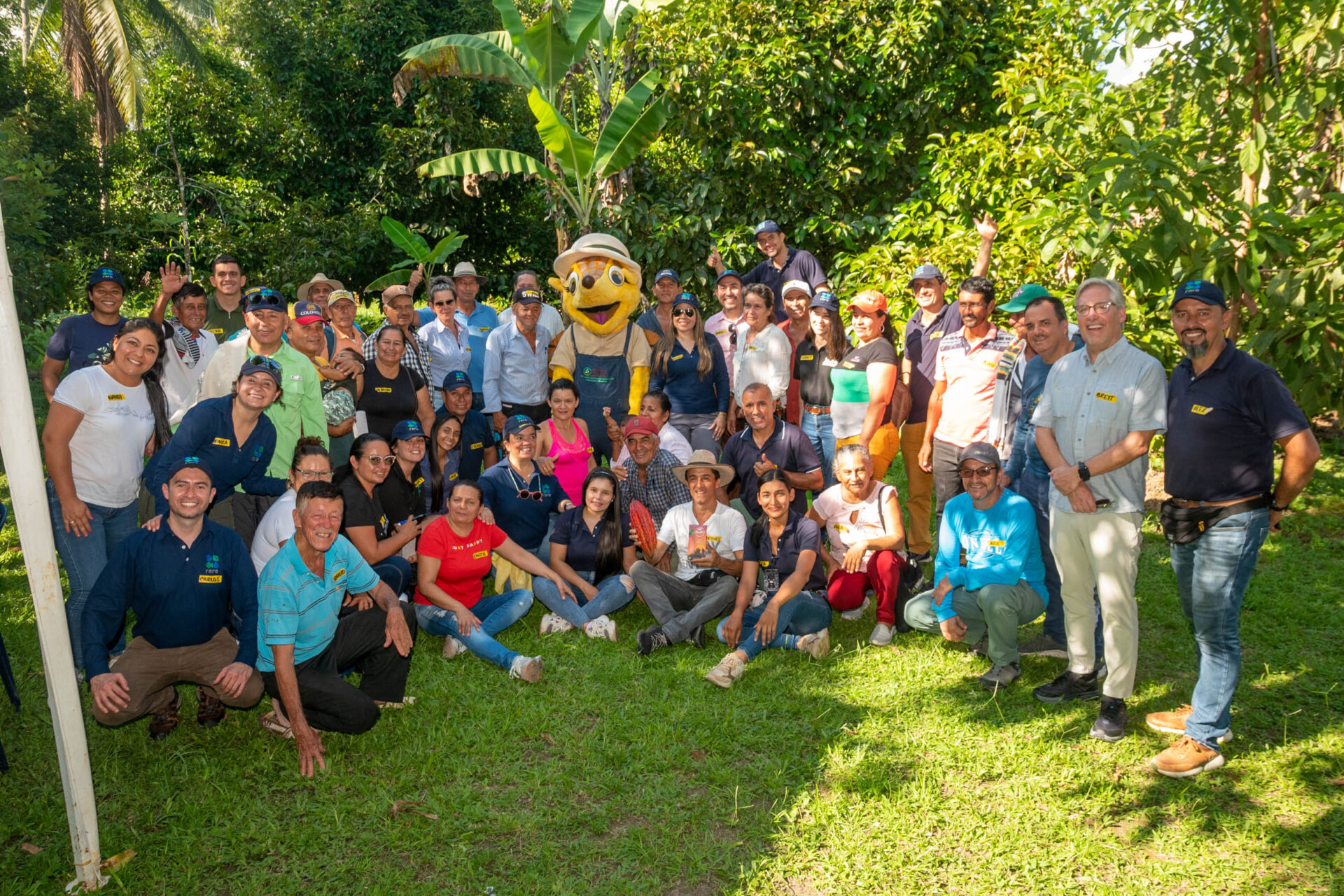Two.
He then walked 20 yards over to a plot where, with the help of Rare’s Lands for Life program, a farmer had been using homemade compost as fertilizer for the past 12 months. He dug up a spade-full of that soil and asked a different volunteer to count the earthworms. She found more than a dozen—a clear indicator of composting’s benefit. The 25 farmers watching nodded with approval.
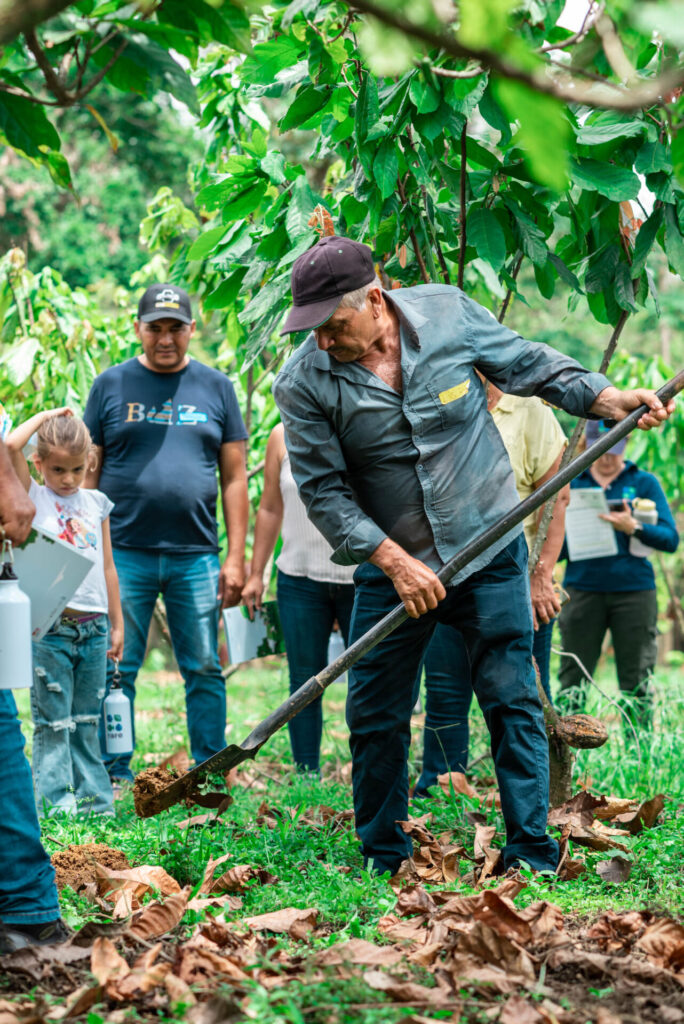
The vegetation around us on this demonstration plot was lush, the ground carpeted with soft, natural cover. When we walked to a neighboring farm, the difference was stark; fewer trees and a noticeably “clean” ground. I recalled my early years in Costa Rica, when local farmers described with pride how “limpia” (clean) their plots were. It turns out that this cultural construct of tidiness really means a landscape stripped bare with soil left vulnerable to drought and pests, starved of freely available nutrients. It’s an all-too-common perspective.
Luis is trying to change that. He is a “Profe” – a shortening of profesor, which is a nickname for the local farmer leaders in our Lands for Life program. Like other Profes in Colombia, Luis was trained to lead peer-to-peer learning sessions and promote regenerative farming practices among his fellow smallholder farmers.
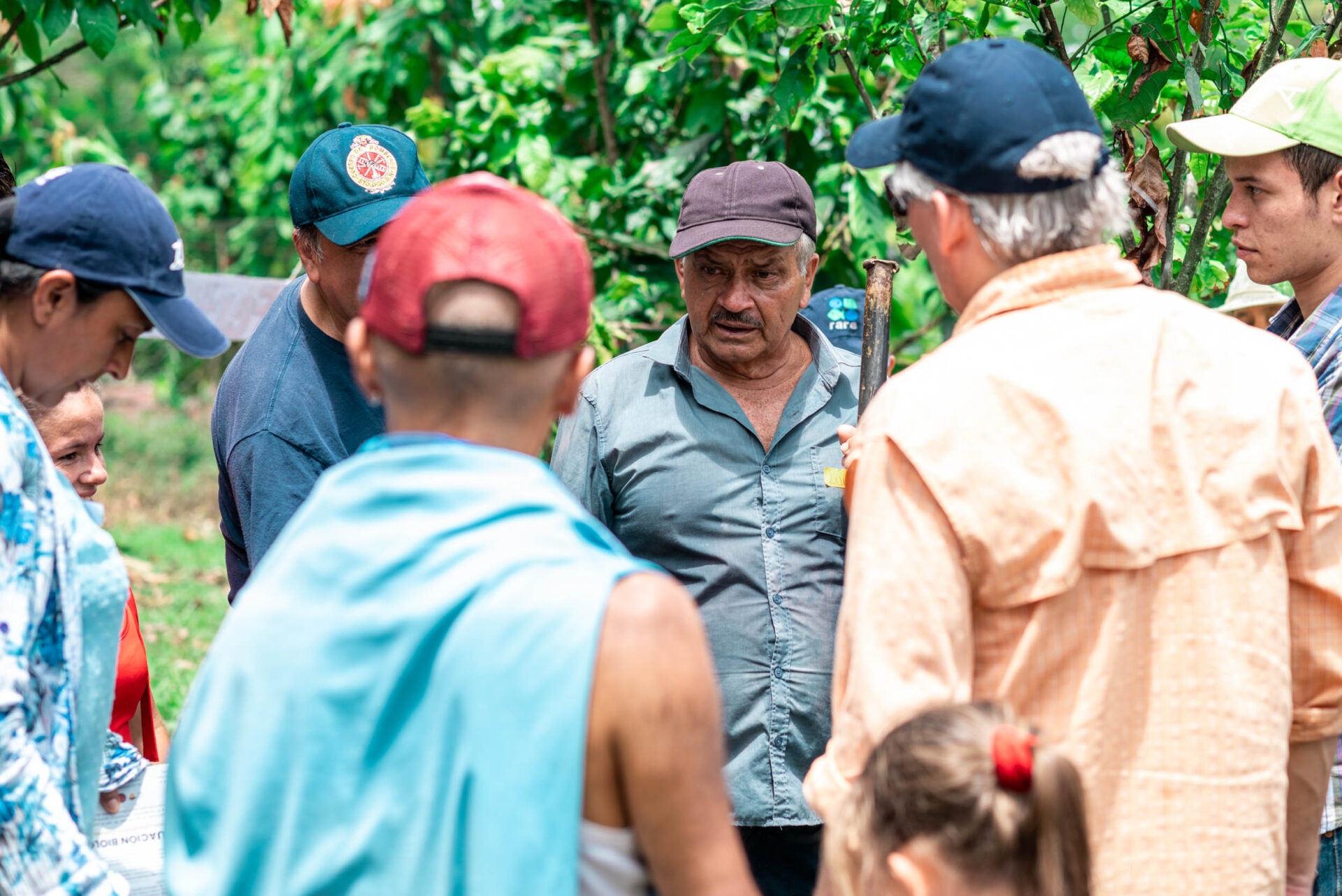
On its face, Lands for Life may look like any other rural ag extension program promoting sustainable land use with a “train the trainers” model. That would make for a good little project. But it belies the immense potential of what our small but mighty Lands for Life team is engineering in this region critical to biodiversity and livelihoods, especially in a country that has already been through so much.
The context is harrowing. Fifty years of civil war scars the people and the land. Everyone has lost someone to the violence. At one point, there were four warring factions roaming these hillsides: the army, the paramilitary, the guerillas, and the narcos. Farmers were forced to choose sides, often with horrific consequences.
The landscape which sustains these rural economies is also scarred from years of excessive chemical fertilizer and pesticide use. The conflict resulted in a fifty-year vacuum of agricultural extension; for decades, less than 1 in 10 Colombian smallholder farmers received any technical assistance whatsoever. Generations of farmers have not only lost traditions, but learned most of their “modern” practices from the fertilizer sales reps who go farm to farm, encouraging harmful chemical use. The result: degraded soils with diminished ability to produce yucca, cacao, chiles, plantain, and other crops that sustain farmers’ livelihoods.
The geography itself also makes things difficult. The soil is shallow and undernourished, with moderate to low amounts of organic matter. It doesn’t drain well. Its acidic nature hinders nutrient availability. The slope of the land leads to soil loss from heavy rainfall. And poor farming practices, especially the cultural penchant for “limpiando” exacerbates these problems.
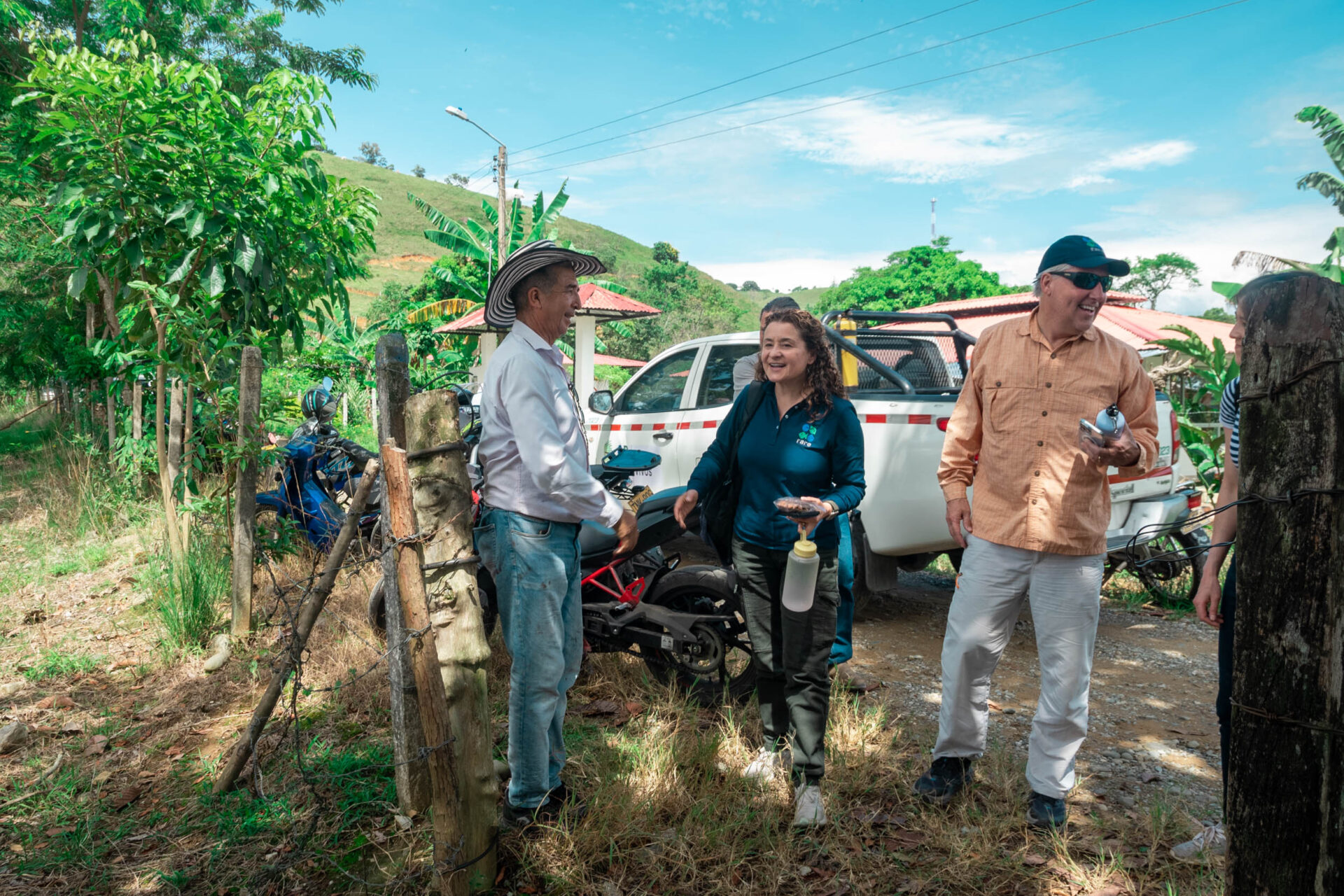
It’s no surprise that climate change increases the level of difficulty for local farmers, as well as local wildlife. The soil is increasingly warm, increasingly dry, and subject to erosion. With climate change forcing wildlife to migrate, biodiversity-rich farmlands with built in wildlife corridors could provide the perfect food highways for migration. But soil erosion, degradation, riparian deforestation, and excessive pesticide use are depleting these lands of their ability to grow vegetation that attracts biodiversity. Even with a rich tradition of protected areas, the long-term outlook for biodiversity is bleak given the agricultural bands across the Andean slopes and how they block migration.
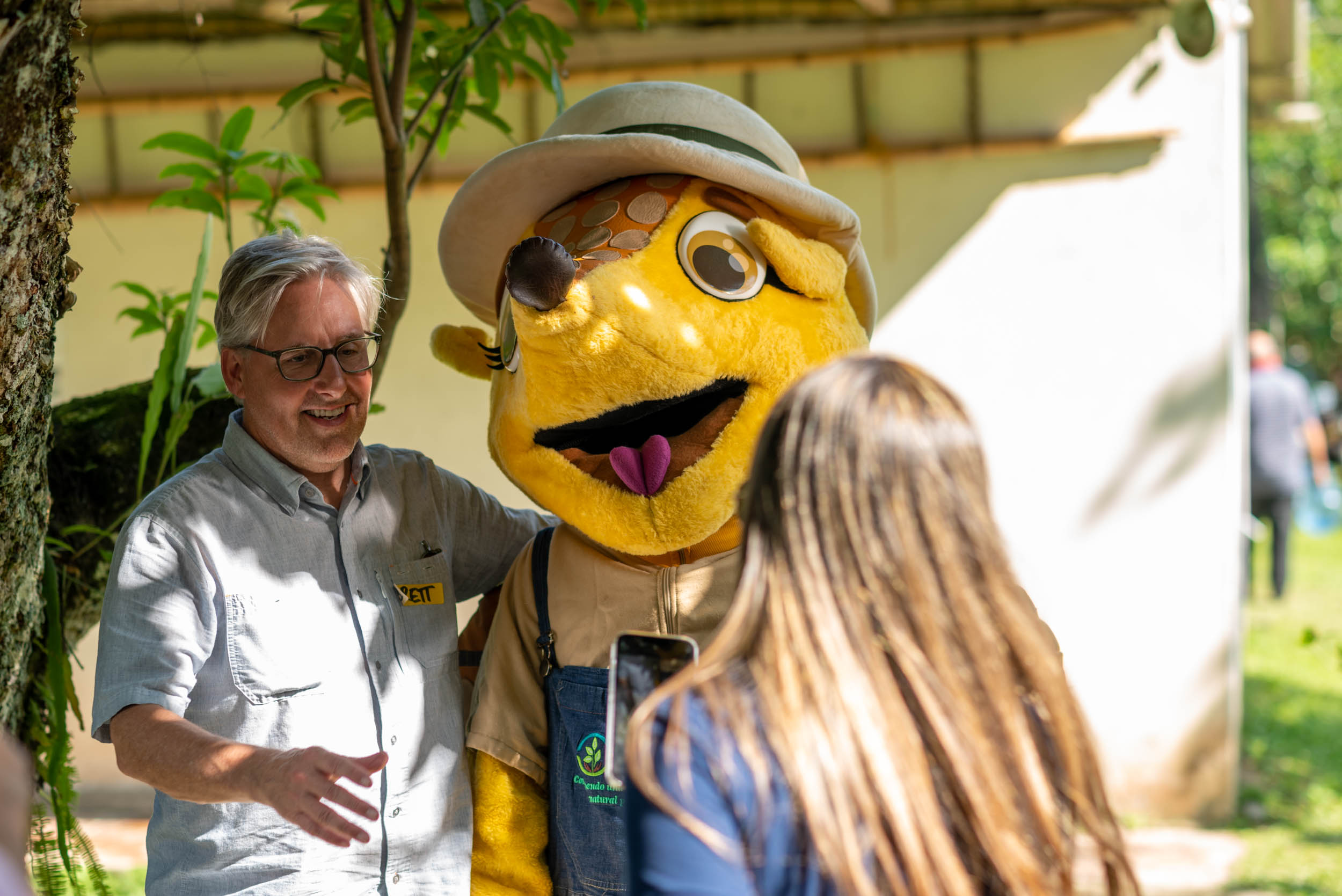
Whether you care about the plight of biodiversity or humanity, one quick tour of smallholder farms in Colombia leaves an impression: investing in regenerative agriculture must be among the world’s greatest priorities. The simple practices Luis and his peers are sharing, like composting, crop rotation, and cover cropping protect the soil from excessive sunlight and heavy rainfall and help with water retention, chemical fertility, and crop protection against pests and diseases. What was once a way of improving the health of farmers and their produce, is fast becoming a climate mitigation and adaptation imperative.
Of the 3,000 farmers Rare has engaged in its pilot projects over the past two years, only 5% were composting when we started partnering with them. A tradition of harnessing farm’s natural bi-products was lost. Farm waste was burned, and valuable nutrients and lots of carbon dioxide were blown away with the ashes.
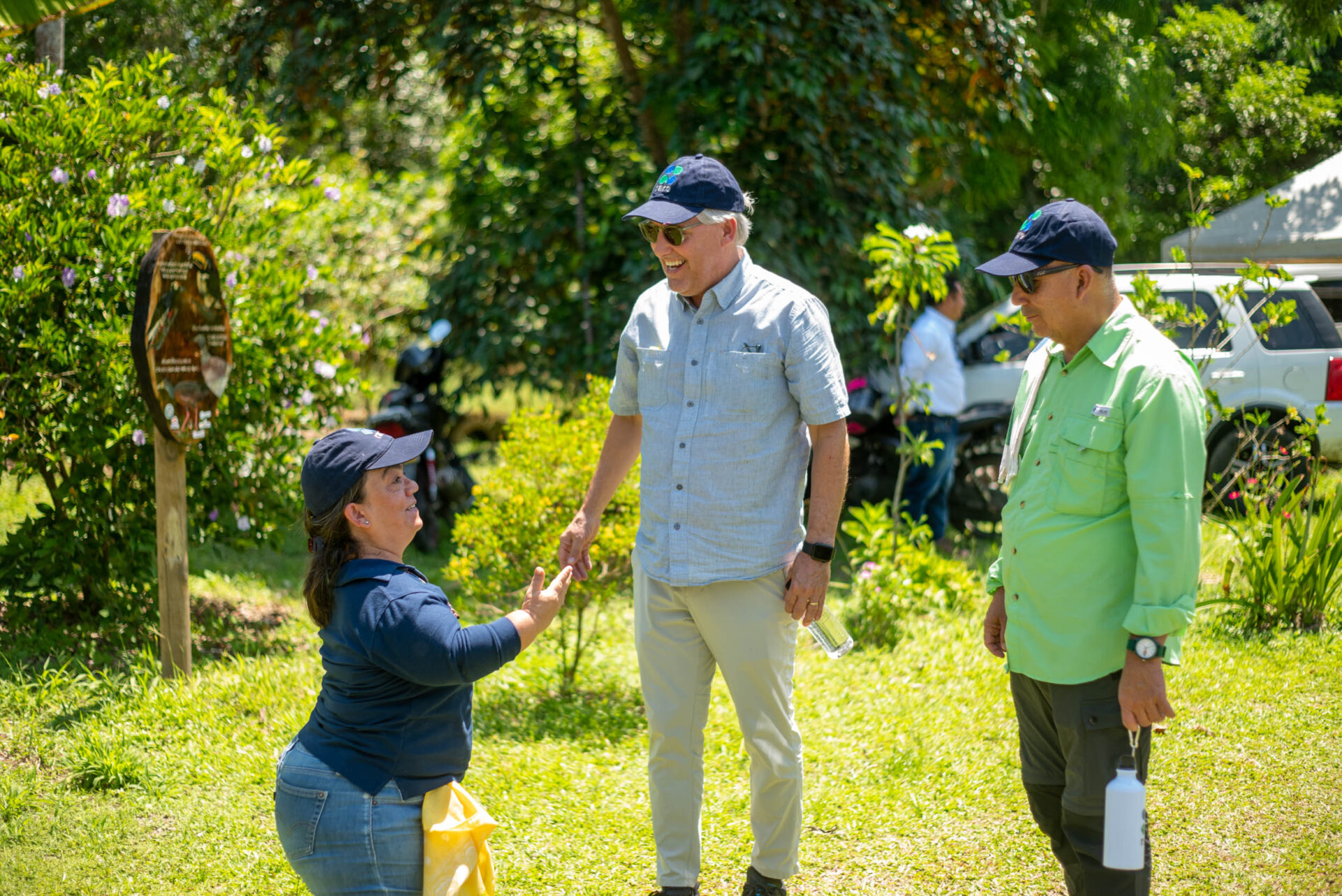
Farmers like Luis Gabriel are determined to buck this trend with an inspiring shift to regenerative agriculture. And Lands for Life is enabling them to do so. Our team is creating a legion of farmers inspired to restore soil and bring more farmers into the fold. The workshops we run are 90% led by local farmers. This is not only the key to scale, but also lasting impact. From a behavioral standpoint, the lessons are more likely to stick when reinforced by fellow farmers.
Economic prosperity, food security, biodiversity – these are the stakes. Despite the complexities of the context, the lesson of my visit was simple: It’s all about the soil…and the people who depend on it.
